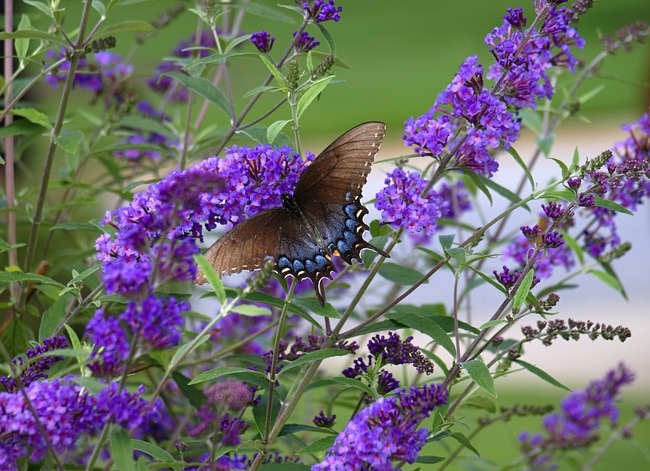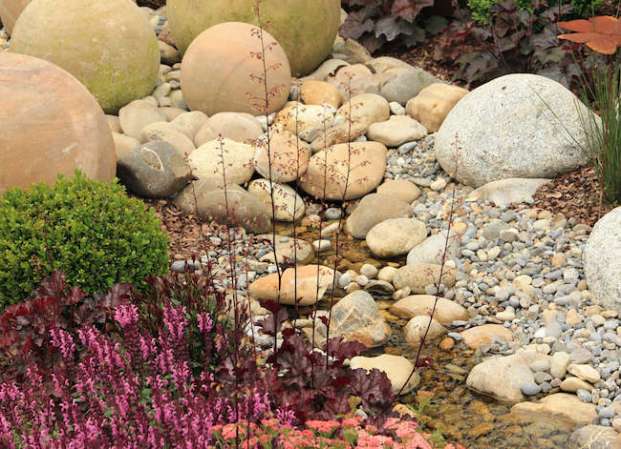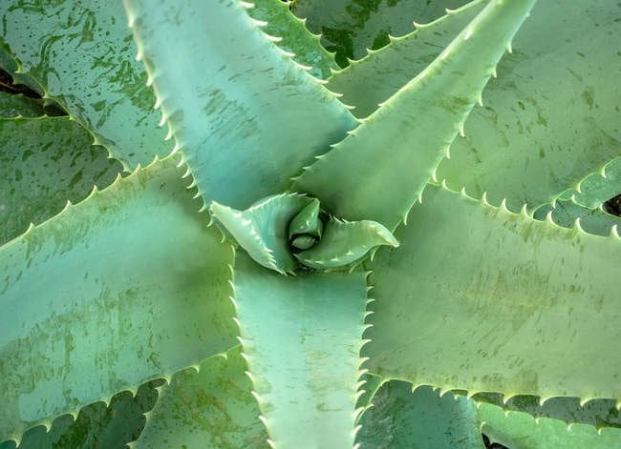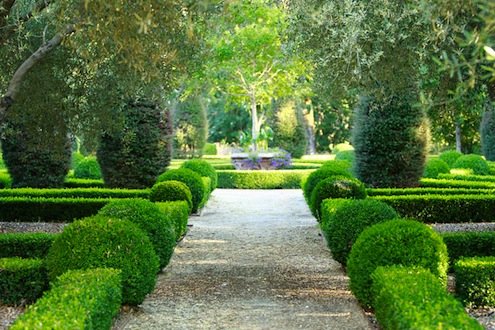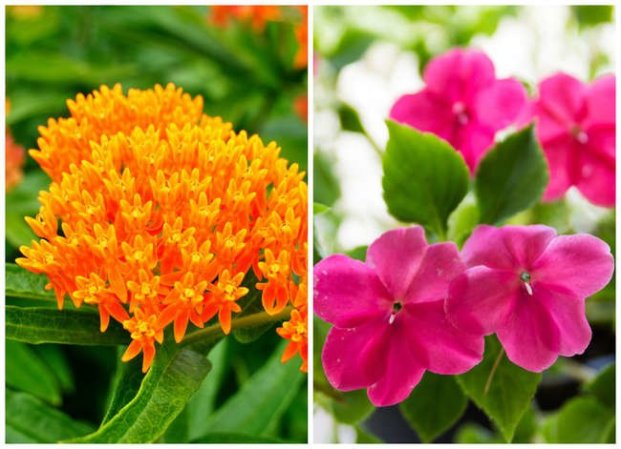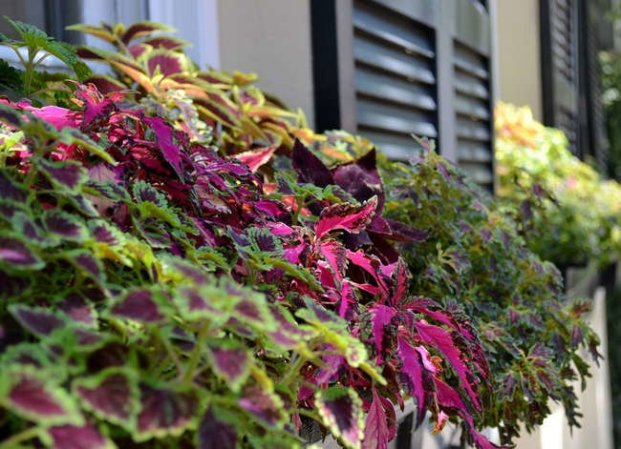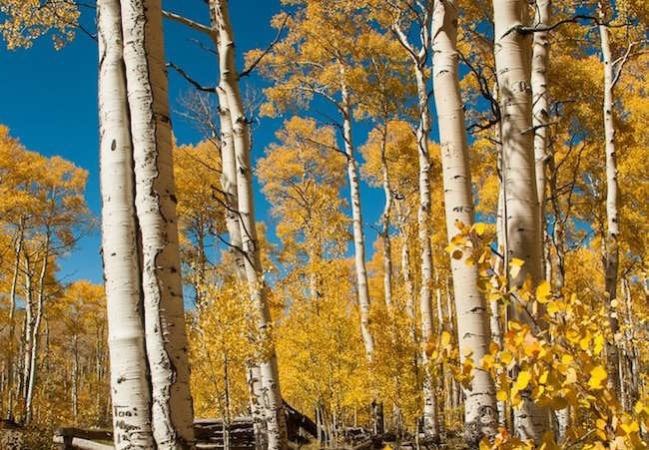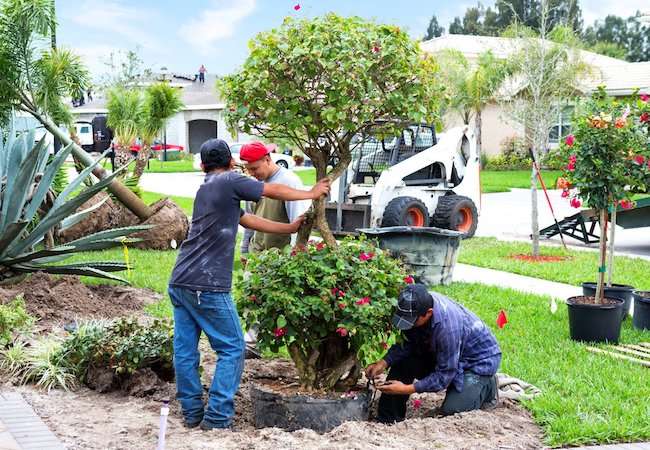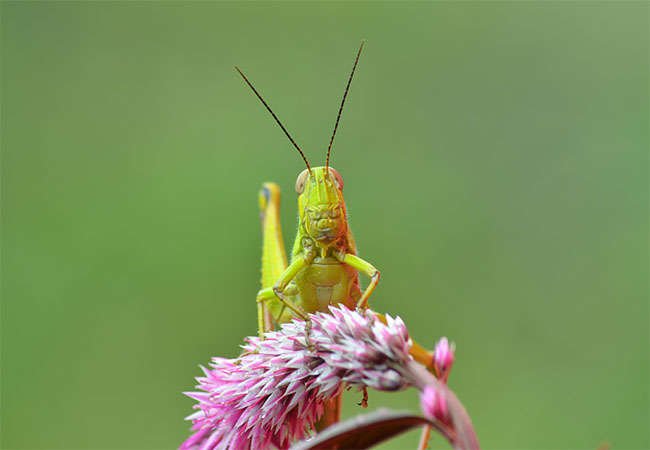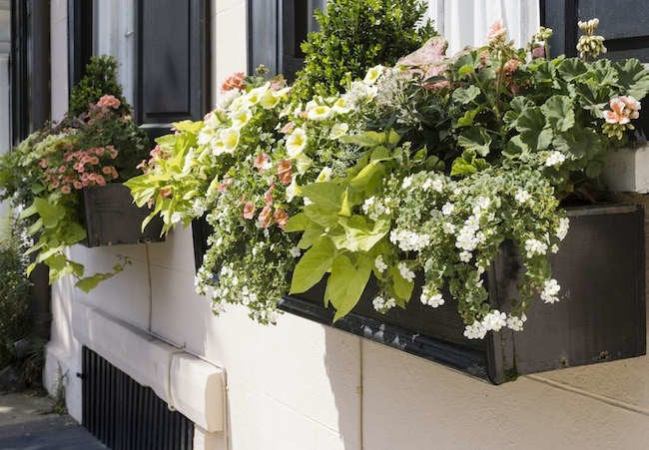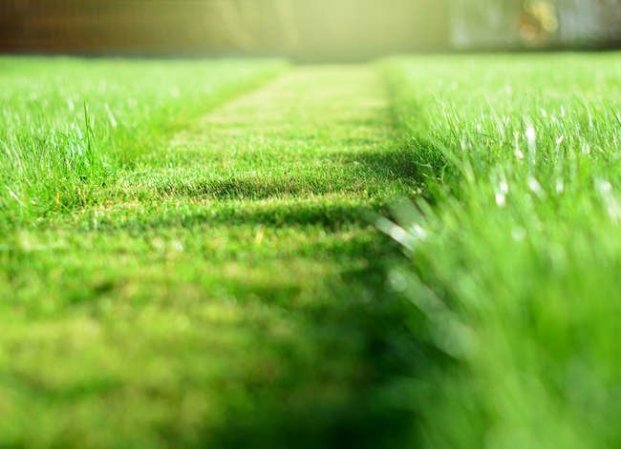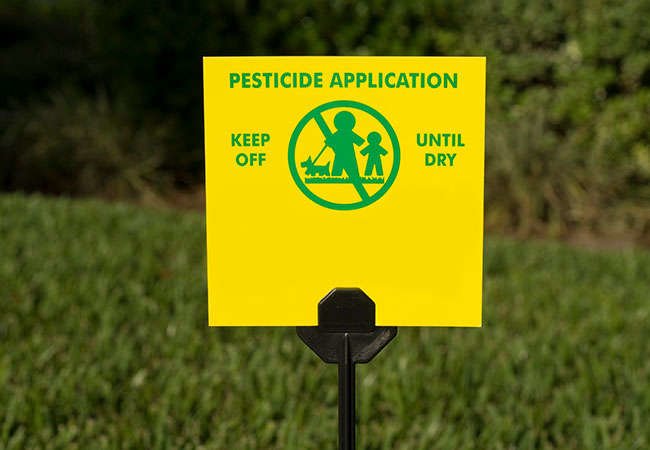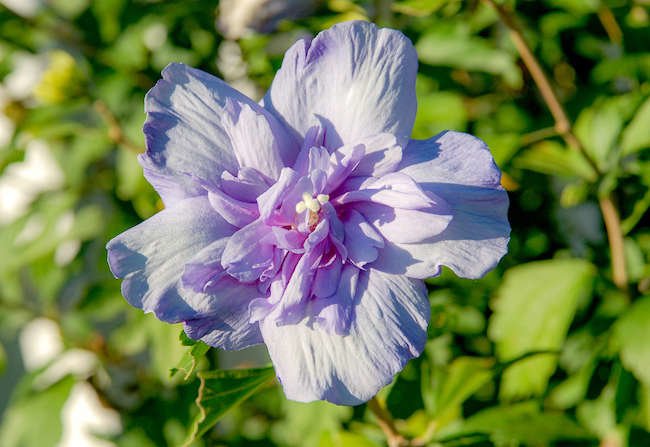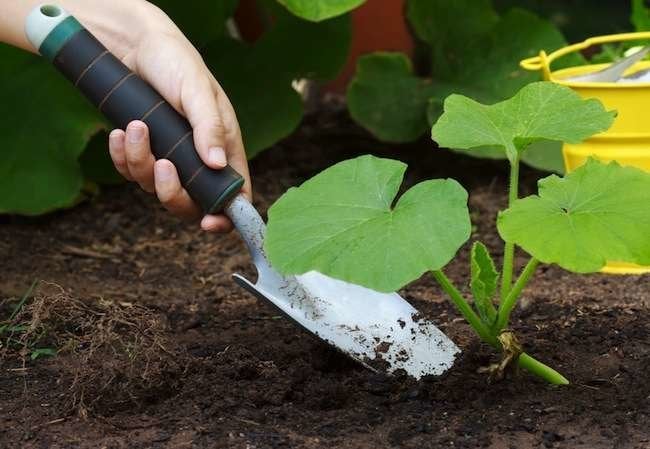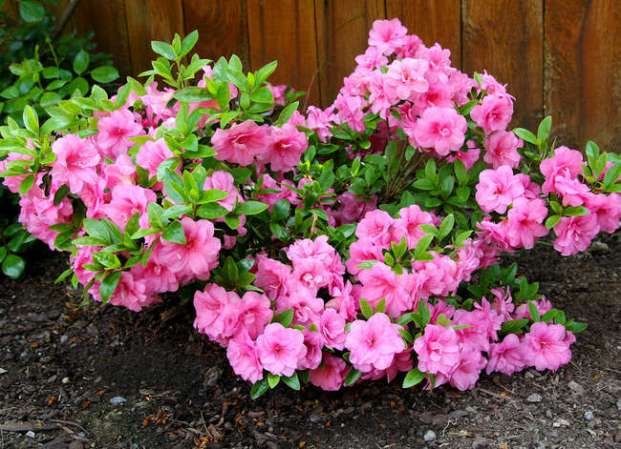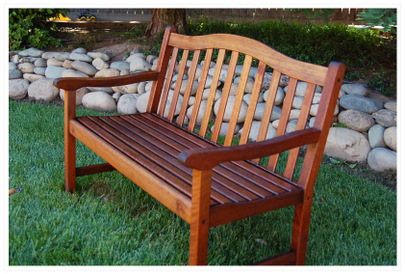We may earn revenue from the products available on this page and participate in affiliate programs. Learn More ›
Butterfly Bush
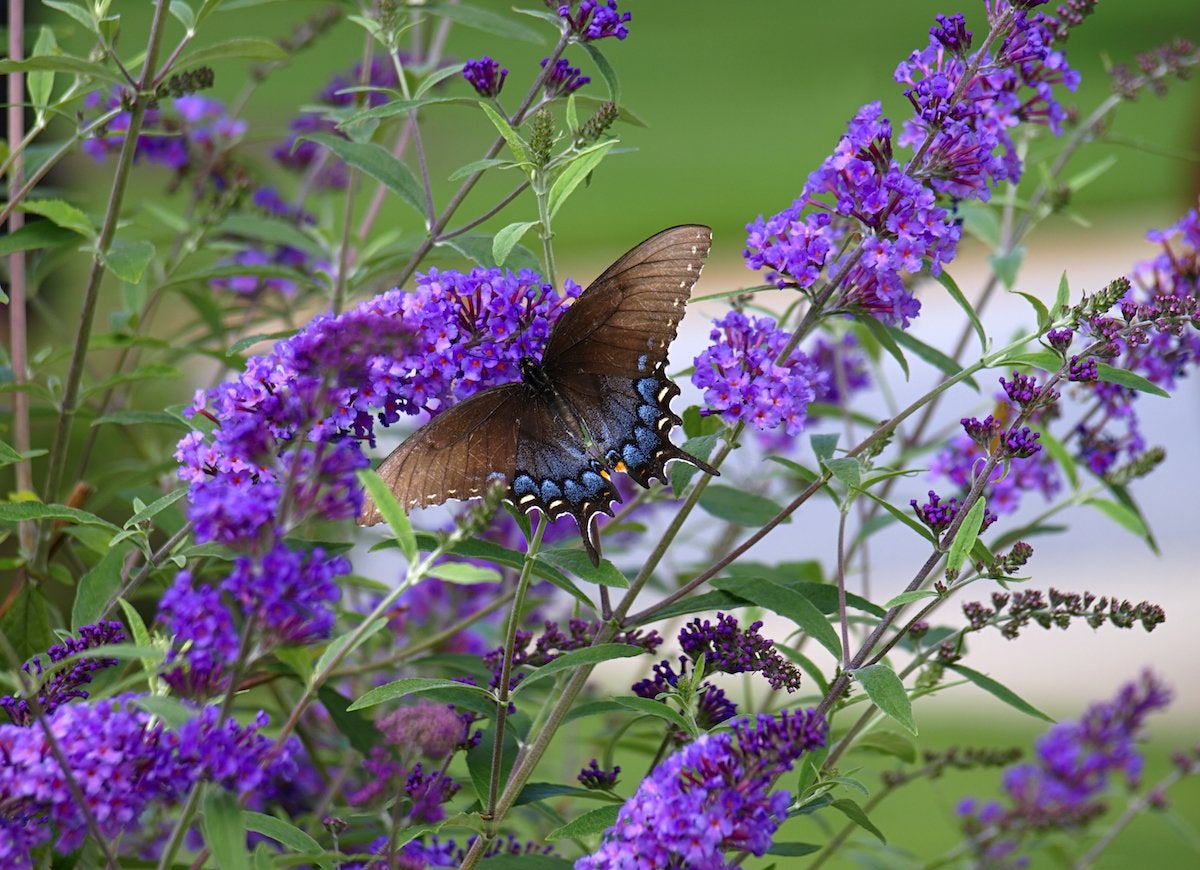
The butterfly bush may look innocent, but this flowering shrub is guilty of displacing native plants in the Pacific Northwest. In fact, butterfly bush, which quickly forms thickets that crowd out local favorites like willows, is actually banned in the state of Washington.
Related: 8 Ways to Combat Garden Pests
English Ivy

English ivy is a popular vining plant that spreads quickly both horizontally and vertically, covering bald patches of ground or softening brick facades. There’s a downside to all that growing power: Ivy can easily get out of hand, clinging to everything in sight, including tree trunks, shrubs, and other plants. If you must plant ivy in your yard, you’ll need to monitor its growth and aggressively cut it back to prevent it from crowding out other plants and invading the surrounding areas.
Purple Loosestrife
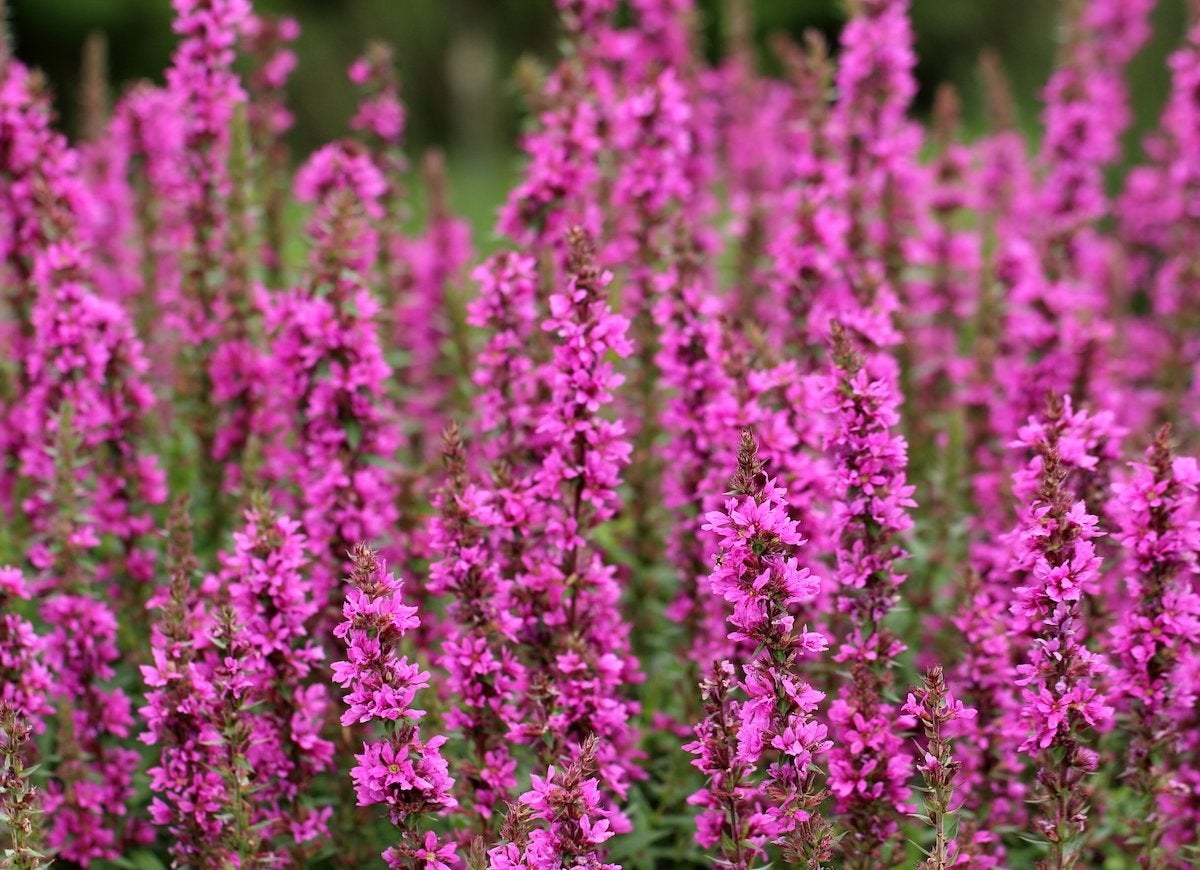
These marsh plants with bright purple flowers tend to blanket wetland areas. But don’t let their good looks fool you! These dramatic bloomers, considered an invasive species in much of the Northeast and Northwest, choke out local water-loving plants.
Creeping Jenny
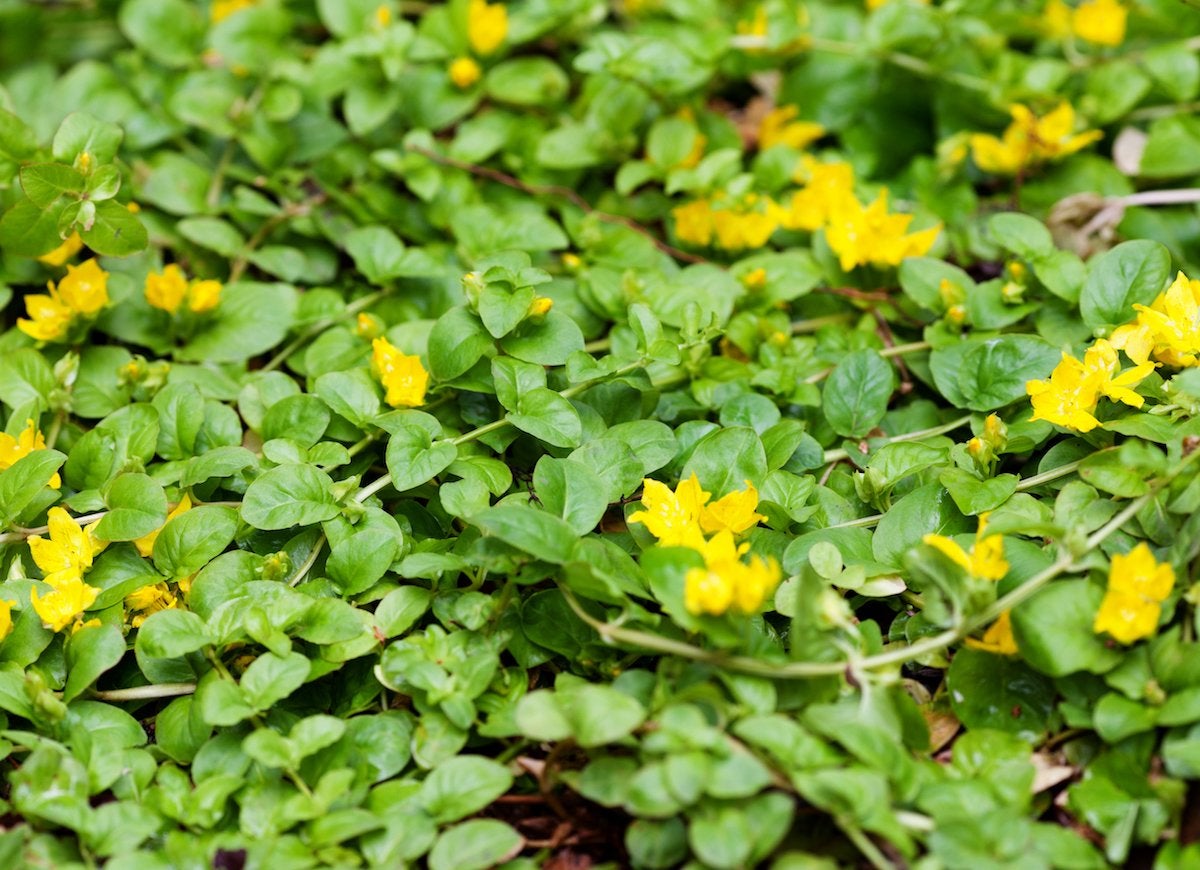
Creeping jenny, also called moneywort, is a great-looking ground cover with bright-green leaves and yellow blossoms. It grows well in both sun and shade, so it’s no wonder that creeping jenny is a popular choice for gardens. But like many vining plants, it can be invasive in the more humid regions of the United States.
Related: The Best Low-Maintenance Ground Covers for Your Garden
Japanese Honeysuckle
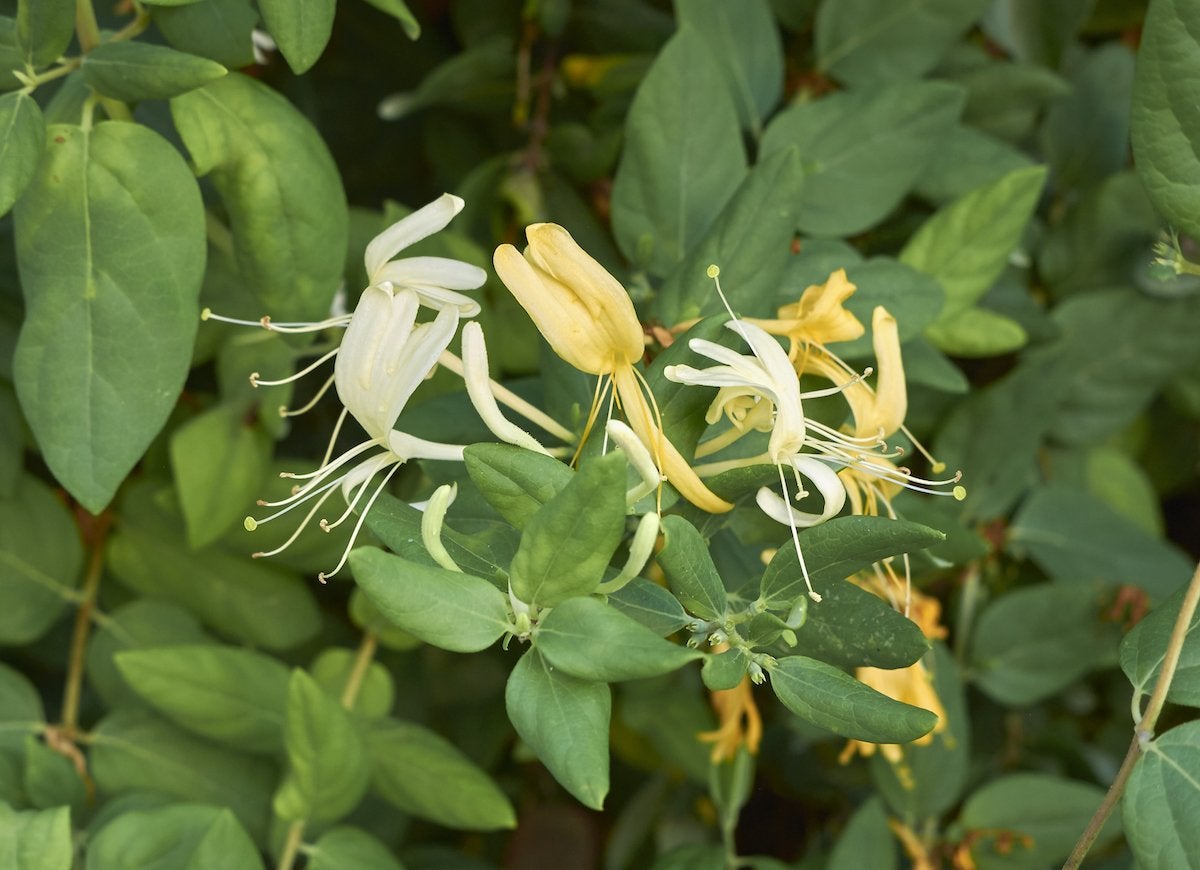
This charming vine can thank its yellow and white flowers for its sweet smell. The bitter truth, however, is that honeysuckle can rapidly take over your yard—and your neighbor’s as well. It spreads so successfully both underground through rhizomes and above ground through its seeds and berries that it’s considered invasive in the South and Northeast United States.
Related: 10 Foolproof Flowers Anyone Can Grow
Chinese Wisteria
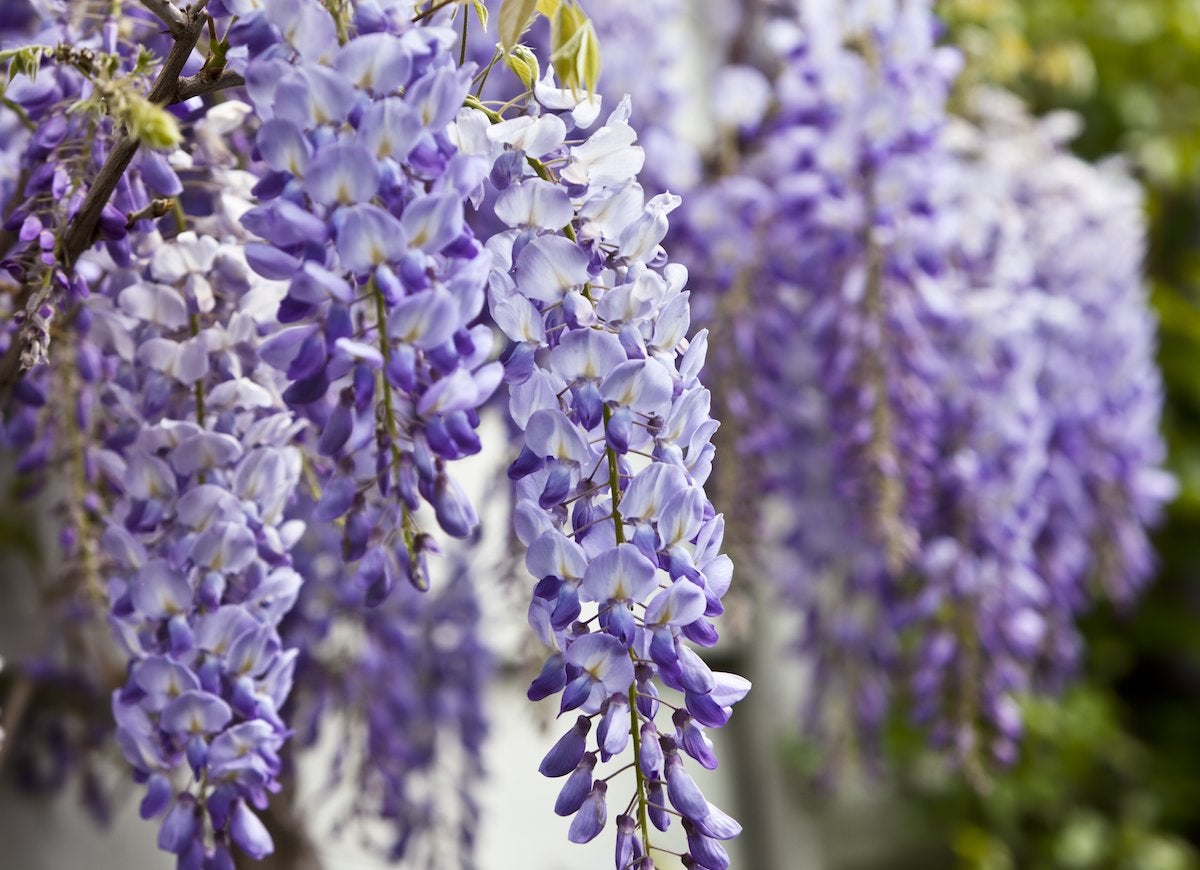
Banks of beautiful purple flowers drape gracefully from this climbing vine, making it an attractive choice for landscaping. But in the sun-drenched Southern states, Chinese wisteria can grow like crazy, crowding out neighboring species and potentially taking over a porch or house with its woody vines.
Related: 10 Fast-Growing Plants for (Almost) Instant Curb Appeal
Garlic Mustard
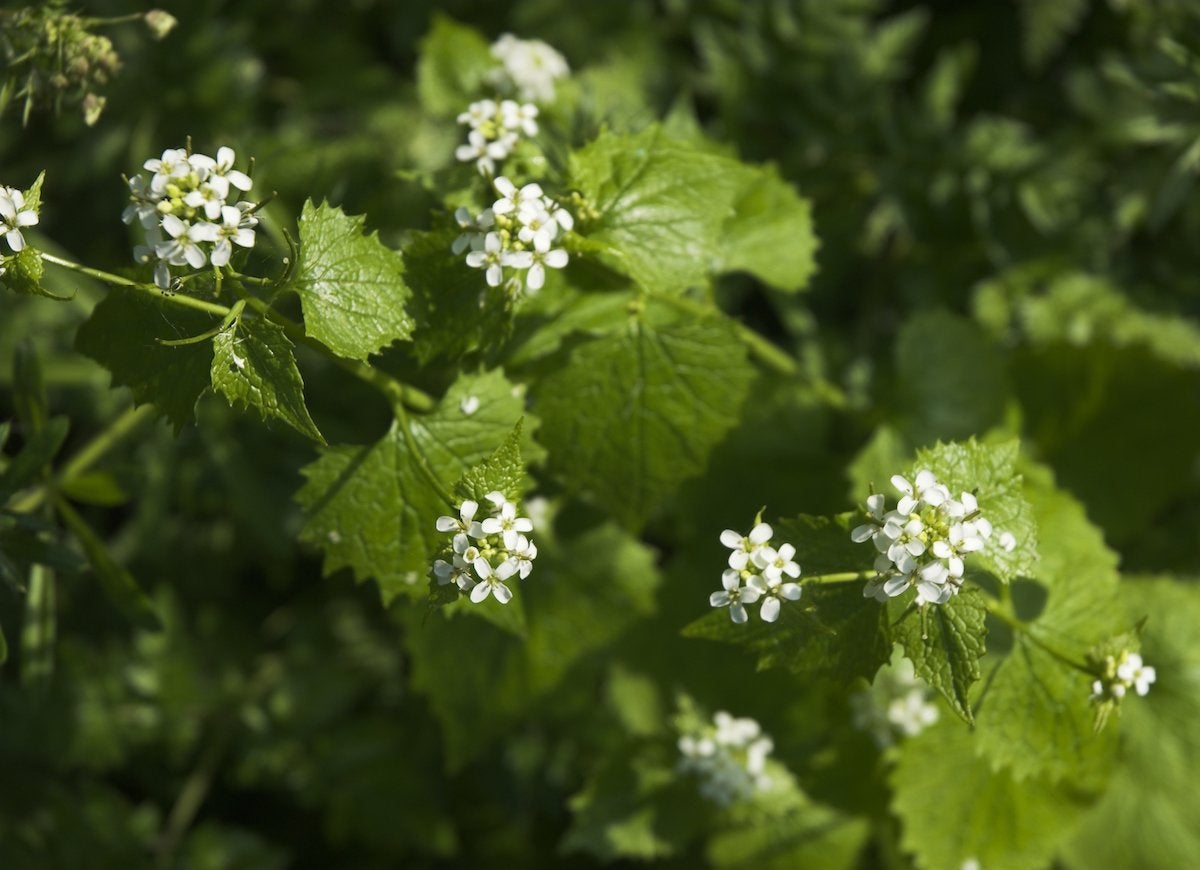
This savory-scented plant was introduced to the United States as a culinary herb. Since then, growers have discovered that the plant is virtually resistant to New World pests or diseases, allowing it to invade woodland and floodplain environments through much of eastern North America.
Barberry
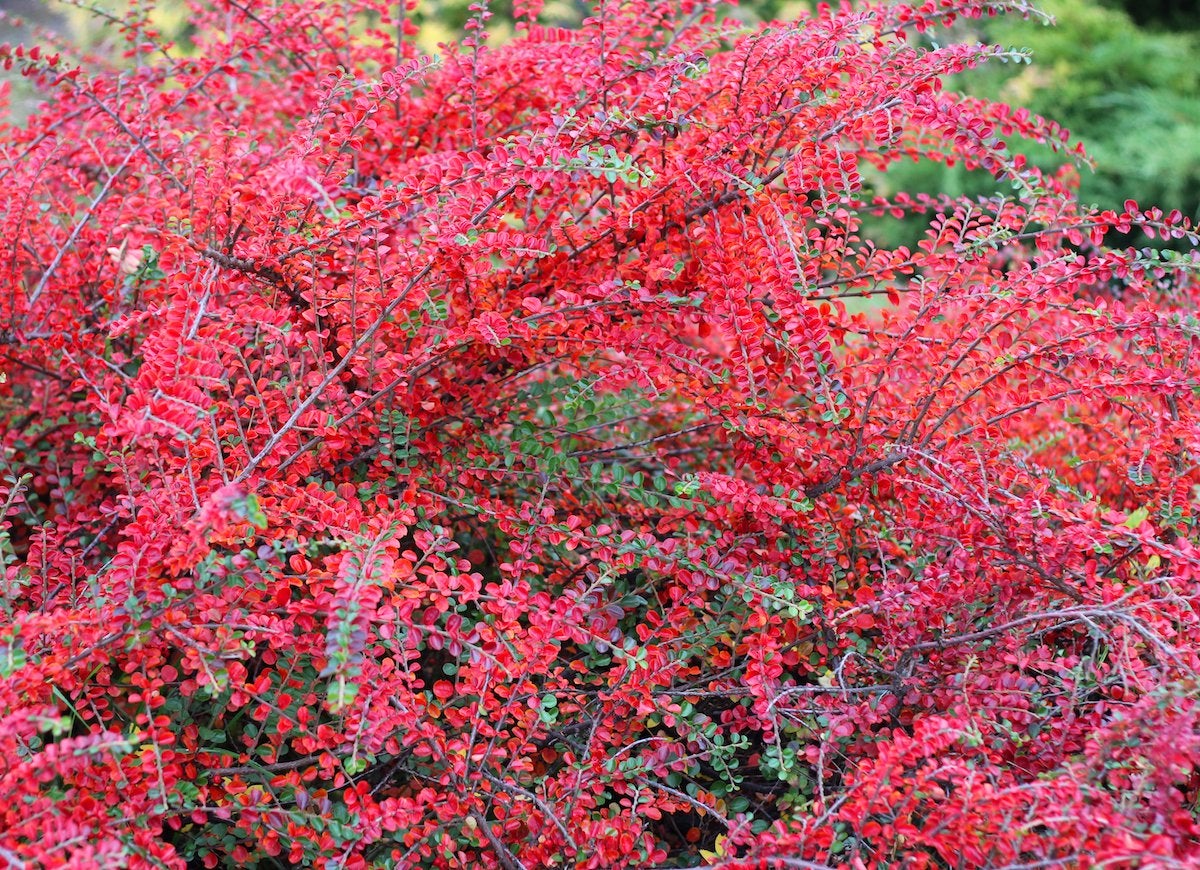
The barberry’s colorful leaves have long made it a favorite in residential and commercial plantings, so you may not know that it’s actually a fast-growing menace. The shrub spreads by both seed and root and is considered an invasive plant throughout North America. Barberry’s popularity as a hedge may be waning; it has been outlawed in many areas.
Related: 8 First Aid Supplies You Can Grow at Home
Norway Maple
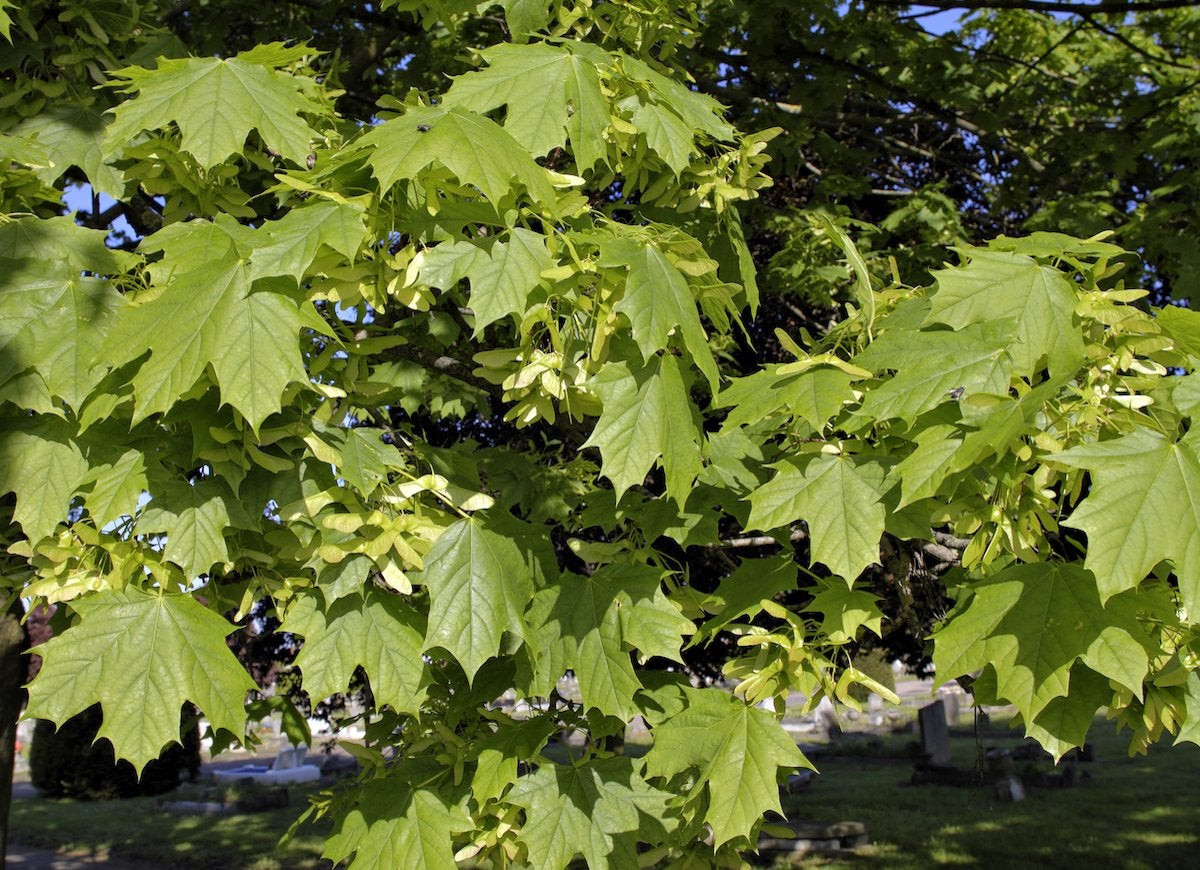
These popular trees line many a street, but the Norway maple’s signature “helicopter” seeds can fly far and wide, planting themselves in wooded areas where they can quickly overrun native trees. Admired for their majestic fall foliage, these maples were planted widely before people realized they were invasive.
Burning Bush
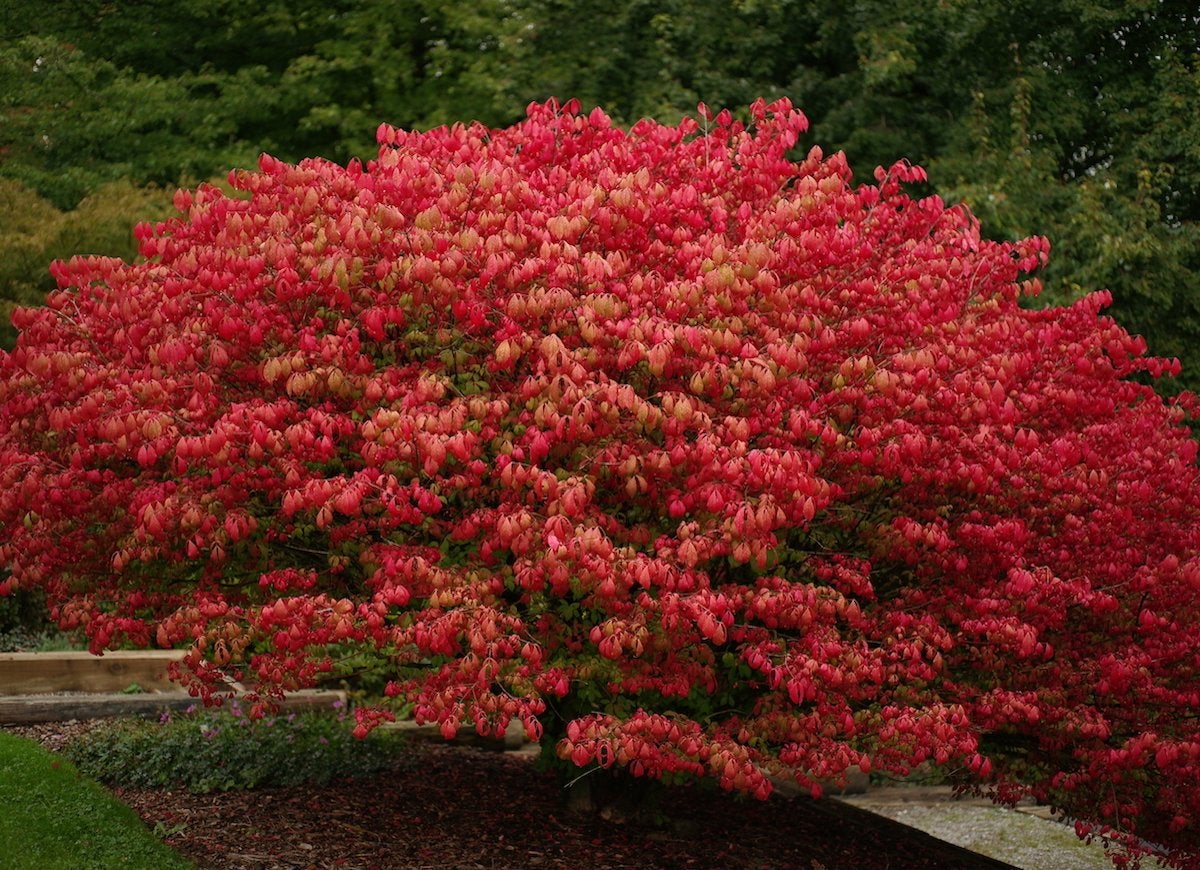
The brilliant color of this bright-red bush has made it a landscaping standout, and it’s still sold in many garden centers despite the fact that it’s considered an invasive species throughout the United States. Oh, and did we mention it’s poisonous?
Garden Trickery
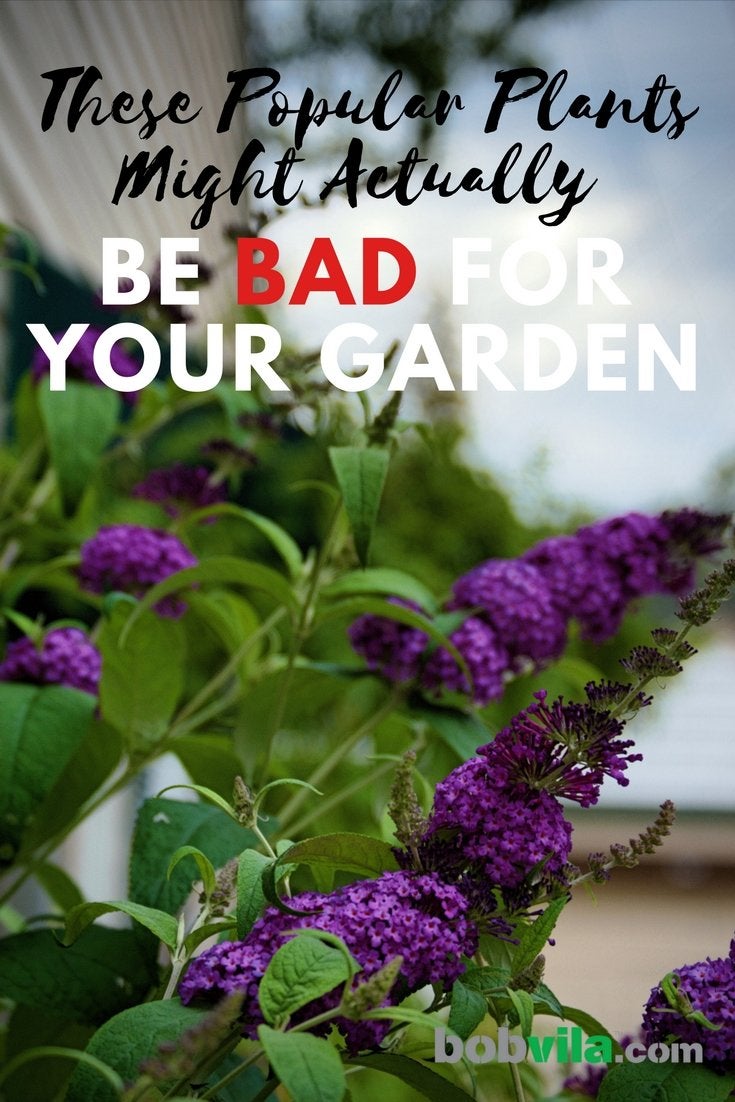
These plants sure look appealing, but now you know the detriment they can cause to your garden. Consider choosing from the many excellent flower options that are native to your area and won’t cause harm.
